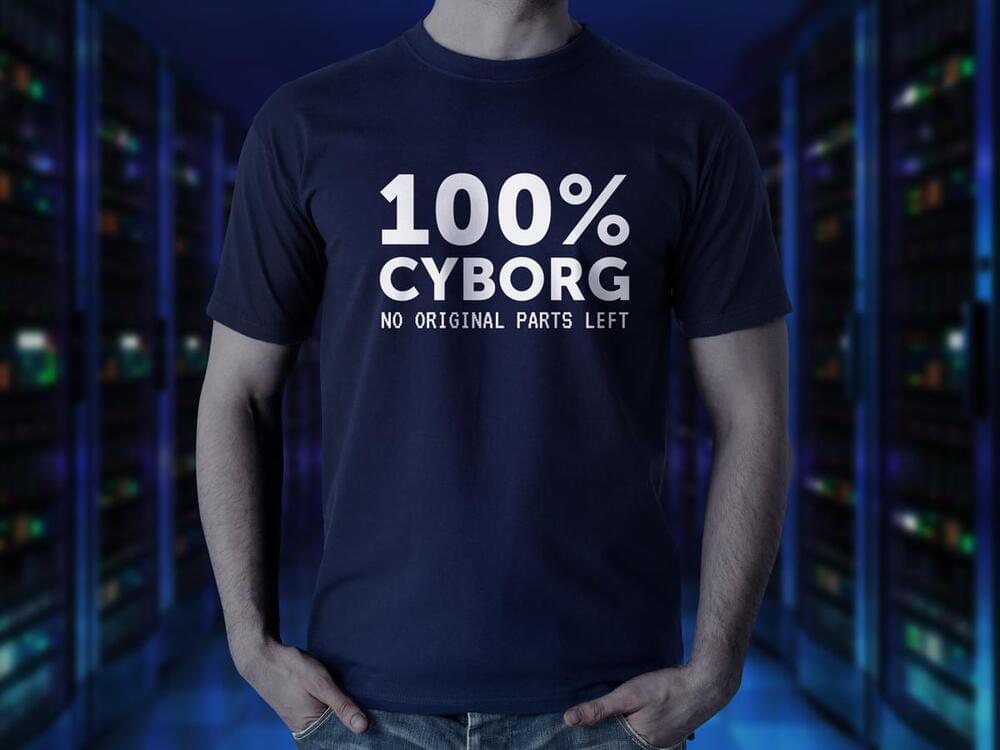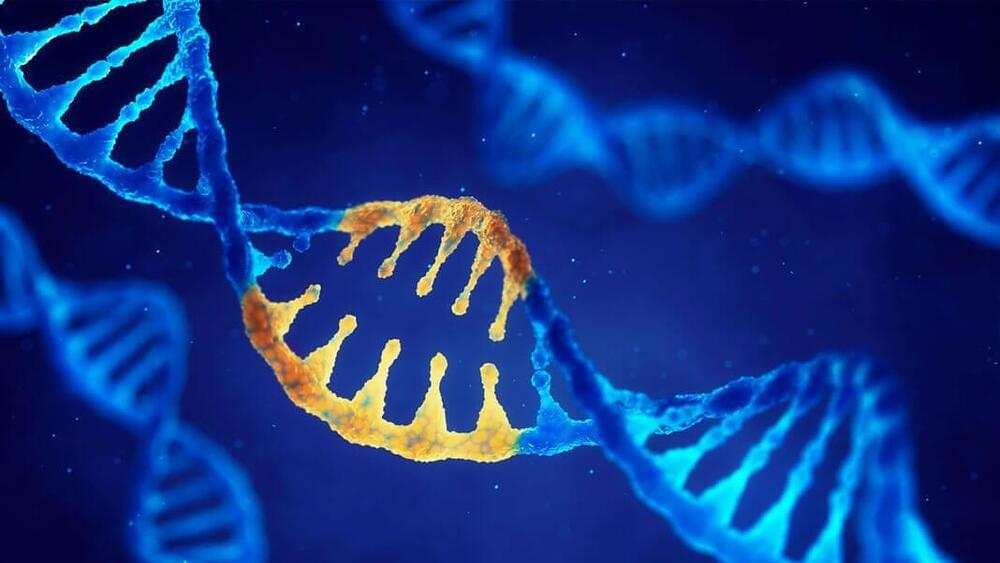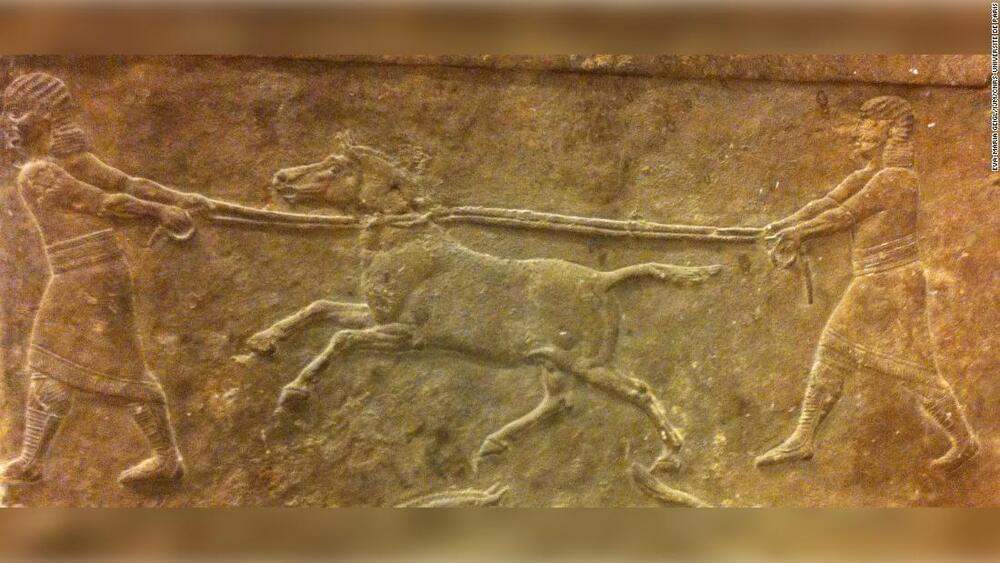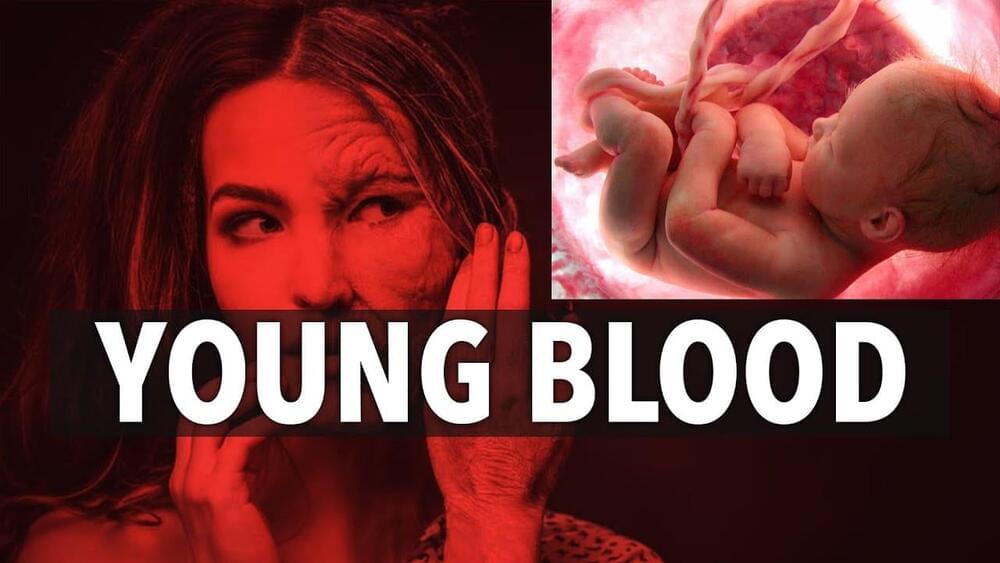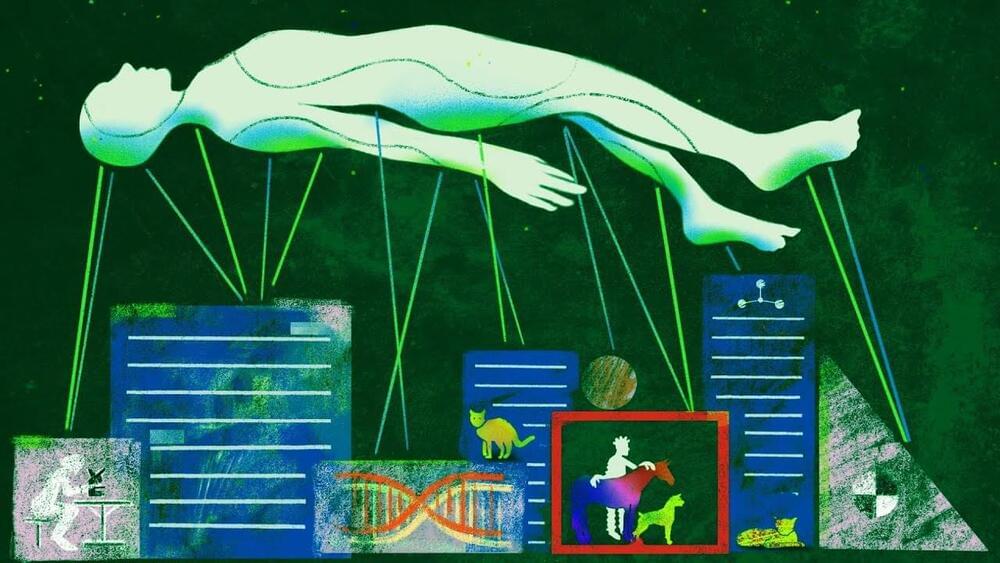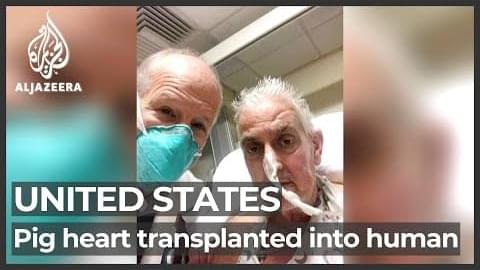I don’t know how about you… But I’m meeting cyborgs in the streets regularly. If you observe carefully you can find people with artificial legs and arms. So next time watch more carefully. Its most common seen artificial body part. On other hand there are other parts you can’t see, like artificial joints, dental implants, breast implants, pacemakers, insulin pumps and so on. We are unable to see them but they are very common. Millions people use them. Nowadays very common trend is biohacking where people implant magnets and chips to their bodies. We think our bodies are born complete but we are wrong. We can upgrade and modify them. What if we can use brain implants to be smarter, to think and focus sharper.
Category: bioengineering – Page 80
One critical difference? Unlike a Mars mission’s “seven minutes of terror,” during which the entry, descent, and landing occur too fast for human operators to interfere, gene therapy delivery is completely blind. Once inside the body, the entire flight sequence rests solely on the design of the carrier “spaceship.”
In other words, for gene therapy to work efficiently, smarter carriers are imperative.
This month, a team at Harvard led by Dr. David Liu launched a new generation of molecular carriers inspired by viruses. Dubbed engineered virus-like particles (eVLPs), these bubble-like carriers can deliver CRISPR and base editing components to a myriad of organs with minimal side effects.
Bronze Age bioengineers created the earliest hybrid animal — a majestic horselike creature known as a kunga that had a donkey mom, a Syrian wild ass for a father and lived 4,500 years ago, according to new research based on the sequencing of DNA from the animal’s skeleton.
Descriptions and imagery in Mesopotamian art and texts portray a powerful animal that pulled war wagons into battle and royal vehicles in parades. Its true identity, however, had long puzzled and divided archaeologists. Domesticated horses didn’t arrive in the region, sometimes referred to as the Fertile Crescent, until 4,000 years ago.
One possible application of interest to researchers is bone healing. The idea is that the soft material, powered by the electroactive polymer, will be able to maneuver in spaces of complicated bone fractures and expand. When the material hardens, it can form the basis for building new bones. In their study, the researchers demonstrate that the material can wrap itself around chicken bones, and the artificial bone that develops later grows along with the animal’s bone. The developed biohybrid variable-stiffness actuators can be used in soft (micro-)robotics and as potential tools for bone repair or bone tissue engineering.
“By controlling how the material turns, we can make the microrobot move in different ways, and also affect how the material unfurls in broken bones. We can embed these movements into the material’s structure, making complex programs for steering these robots unnecessary”, says Edwin Jager.
Tech companies continued to draw criticism for their roles in political and social scandals, most notably when whisteblower and former Facebook employee Frances Haugen testified to lawmakers. Undeterred, Facebook rebranded itself Meta and said it would now focus on building the metaverse. Twitter CEO Jack Dorsey stepped down and likewise changed the name of his company Square to Block in a not-so-subtle nod to the blockchain.
Meanwhile, volatile cryptocurrencies set new records, their prices jumping and crashing on a tweet. NFTs, a once-obscure type of cryptoasset, went on an eye-watering tear as redditors pushed meme stocks skyward. It was also the year of ever-bigger AI. Machine learning models surpassed a trillion parameters, designed computer chips, and tackled practical problems in biology, math, and chemistry. Elsewhere, billionaires went to space, regular folks bought 3D printed houses, fusion power attracted billions in investment, gene editing trials hit their stride, and “flying car” companies hit the New York Stock Exchange.
For this year’s list of fascinating stories in tech and science, we sifted our Saturday posts and selected articles that looked back to where it all began, glanced ahead to what’s coming, or otherwise stood out from the chatter to stand the test of time.
2 big points from this. 1. Plasma dilution does reverse aging but a bit and the next question will be can it be done over and over to make you younger in steps. 2. She mentions wrapping up human test results and hopes to give the results at some point.
At the EARD 2021 conference, Dr. Irina Conboy discusses the rejuvenating effects of plasma dilution in old mice. Dr. Conboy also explains why she believes that the path of rejuvenation is through tissue maintenance and repair, not preventing tissue damage.
ALSO WATCH
A combination of soon-to-be released Biotechnology is expected to extend of lifespans almost tenfold with the help through emerging technologies such as CRISPR or Senolytics. These Anti Aging treatments are meant to stop and even reverse the aging process so that anyone could get young and healthy again. Many companies such as SENS or Jeff Bezos, but even countries like Japan are working on it to deal with an aging population.
–
TIMESTAMPS:
00:00 A new Beginning for Longevity.
00:44 Direct Gene Editing.
02:32 Anti Aging Vaccines.
04:44 Longevity Gene Therapy.
07:39 How does Aging work?
09:49 Last Words.
–
#longevity #biotech #futurology
Despite the fact that floating around in space looks like a certified blast, it’s not something the human body is optimized for. In order to make these trips possible, scientists are going to have to figure out how to mimic Earth’s gravity in space.
» Subscribe to Seeker! http://bit.ly/subscribeseeker.
» Watch more Elements! http://bit.ly/ElementsPlaylist.
» Visit our shop at http://shop.seeker.com.
» Sign Up for Seeker’s Newsletter! https://www.seeker.com/newsletters.
We evolved with gravity constantly pulling on us at a rate of about 9.8 m/s2, or 1 g. Our bodies are built in a way that takes that into account. Our rigid bones can hold us up, our cardiovascular system can pump blood to and from our extremities, our vestibular system in our ears keeps us balanced, and so on. Our bodies are also good at adapting to our needs, which means when you take gravity away the body starts to change. Bones lose mineral density, hearts weaken, and the vestibular system shuts off because suddenly there is no “up” anymore. So long as the body stays in space these changes aren’t really a problem, but coming back to Earth and readapting to 1 g can be painful and disorienting.
To make the transition to Earth easier, astronauts on the ISS have to spend two and a half hours every day doing aerobic and resistive exercise. It takes a lot of valuable time and still doesn’t prevent all bodily changes, so maybe some sort of artificial gravity could be a better solution. The only practical way to recreate the effects of gravity would be by using centrifugal force, aka spinning. If you’ve ever clung for dear life to one of those whirligigs on a playground you know what I’m talking about. If astronauts could somehow be spun around that might mimic gravity enough to keep their bodies from changing too drastically. There have actually been several proposals on how to leverage centrifugal force, and each of them has its downsides.
One of them is a staple of sci-fi: a spacecraft with a gigantic rotating section. Inside the astronauts would be pushed towards the outermost wall and that would become the “floor”, so to speak, while the rest of the station would remain stationary and in microgravity. But a spacecraft like this would be really complex and expensive to build. Another design is a long spacecraft that twirls like a baton, creating Earth-like acceleration at either end. If the craft were about a kilometer long it would only need to rotate once or twice a minute, but a kilometer-long spacecraft would be about 10 times longer than the ISS and an incredible engineering feat.
Gene editing approaches promise to treat a range of diseases, but delivering editing agents to cells in animal models and humans safely and efficiently has proven challenging. Now, researchers led by a team at the Broad Institute of MIT and Harvard have developed a way to get gene editing proteins inside cells in animal models with high enough efficiency to show therapeutic benefit.
In new work published in Cell, the team shows how they have engineered virus-like particles to deliver base editors — proteins that make programmable single-letter changes in DNA — and CRISPR-Cas9 nuclease, a protein that cuts DNA at targeted sites in the genome. In collaboration with research teams led by Krzysztof Palczewski at the University of California, Irvine, and Kiran Musunuru at the Perelman School of Medicine at the University of Pennsylvania, the team used their particles, called engineered virus-like particles (eVLPs), to disable a gene in mice that can be associated with high cholesterol levels, and partially restored visual function to mice harboring a mutation that causes genetic blindness.
Researchers have developed virus-like particles that deliver therapeutic levels of protein to animal models of disease.
A man with terminal heart disease is responding well three days after being given a genetically modified pig heart in a first-of-its-kind surgery, his doctors reported on Monday.
The surgery, performed by a team at the University of Maryland Medicine in the United States, is among the first to demonstrate the feasibility of a pig-to-human heart transplant, a field made possible by new gene editing tools.
If proven successful, scientists hope pig organs could help alleviate shortages of donor organs.
For David Bennett, a 57-year-old from Maryland, the heart transplant was his last option.
Al Jazeera’s Barbara Angopa reports.
- Follow us on Twitter: https://twitter.com/AJEnglish/
- Find us on Facebook: https://www.facebook.com/aljazeera/
- Check our website: https://www.aljazeera.com/
#HeartTransplant #PigsHeart #DavidBennett
